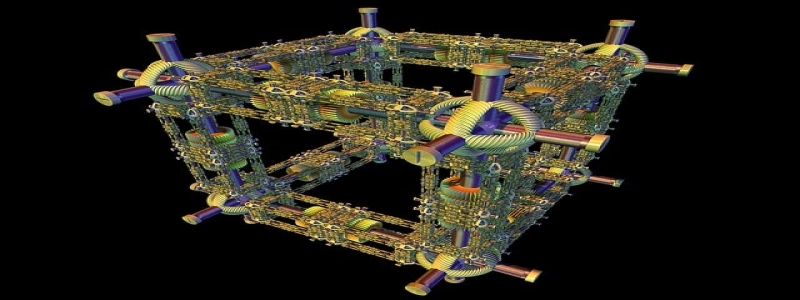RS232 Transceiver
1. Introduction
The RS232 transceiver is a crucial component in serial communication systems. It serves as a bridge between the data terminal equipment (DTE) and data circuit-terminating equipment (DCE) by converting and transmitting data over serial lines. In this article, we will explore the various aspects of the RS232 transceiver and its importance in modern communication.
2. Functionality
The primary function of an RS232 transceiver is to convert the voltage levels used in serial communication. The RS232 standard utilizes bipolar voltages (-3V to -15V for logical 1 and +3V to +15V for logical 0) to represent data. However, most modern DTEs and DCEs operate on a lower voltage level, such as 3.3V or 5V. The transceiver ensures the compatibility by converting the voltage levels to the appropriate range.
Additionally, the RS232 transceiver is responsible for buffering and amplifying signals. It receives data from the DTE, buffers it, and then transmits it to the DCE. Similarly, it receives data from the DCE, amplifies it, and then sends it to the DTE. This buffering and amplification process ensures accurate transmission over long distances and minimizes data loss.
3. Pinout
The RS232 transceiver has multiple pins that serve different purposes. The commonly used pins include:
– Transmit Data (TXD): This pin is connected to the DTE and is used to transmit data from the DTE to the DCE. It carries the outbound data.
– Receive Data (RXD): This pin is connected to the DCE and is used to receive data from the DCE. It carries the inbound data.
– Data Terminal Ready (DTR): This pin indicates to the DCE that the DTE is ready to communicate.
– Request to Send (RTS): This pin is used by the DTE to request permission from the DCE to transmit data.
– Clear to Send (CTS): This pin is used by the DCE to grant permission to the DTE for data transmission.
4. Importance in Modern Communication
The RS232 transceiver has played a significant role in the development of modern communication systems. Despite being an older standard, it still finds extensive usage in various applications. Here are some reasons for its importance:
– Legacy Support: Many older devices and equipment still rely on RS232 communication. The transceiver allows modern DTEs to communicate with these devices seamlessly.
– Long-Distance Communication: RS232 transceivers are designed to transmit data over long distances accurately. This capability makes it an ideal choice for applications that require remote communication.
– Simple and Robust: The RS232 standard is relatively simple compared to newer standards, which makes the transceiver design straightforward. Its simplicity also contributes to its reliability and robustness.
– Cost-Effective: Since the RS232 standard has been around for a long time, the transceivers are readily available at affordable prices. This makes it an economical choice for communication systems.
5. Conclusion
The RS232 transceiver plays a vital role in serial communication systems by ensuring compatibility, buffering signals, and amplifying data. Its pinout, including TXD, RXD, DTR, RTS, and CTS, enables seamless communication between DTEs and DCEs. Despite being an older standard, the RS232 transceiver still holds relevance due to its legacy support, long-distance communication capabilities, simplicity, and cost-effectiveness. Its contributions are invaluable in the world of modern communication.








